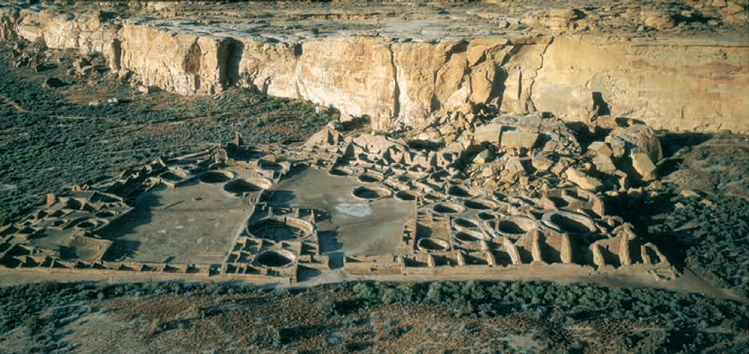How did agriculture influence Native American cultures?
Printed Page 14

CHRONOLOGY
ca. 3500 BP
- – Southwestern cultures cultivate corn.
ca. 2500 BP
- – Woodland cultures build burial mounds.
ca. 2500–2100 BP
- – Adena culture develops in Ohio.
ca. 2100 BP–AD 400
- – Hopewell culture emerges in Ohio and Mississippi valleys.
ca. AD 200–900
- – Mogollon culture develops in New Mexico.
ca. AD 500–1400
- – Hohokam culture develops in Arizona.
ca. AD 800–1500
- – Mississippian culture flourishes in Southeast.
ca. AD 1000–1200
- – Anasazi peoples build cliff dwellings and pueblos.
AMONG EASTERN WOODLAND PEOPLES and most other Archaic cultures, agriculture supplemented hunter-gatherer subsistence strategies but did not replace them. Reliance on wild animals and plants required most Archaic groups to remain small and mobile. But beginning about 4000 BP, distinctive southwestern cultures began to depend on agriculture and to build permanent settlements. Later, around 2500 BP, Woodland peoples in the vast Mississippi valley began to construct burial mounds and other earthworks that suggest the existence of social and political hierarchies that archaeologists term chiefdoms. Although the hunter-gatherer lifestyle never entirely disappeared, the development of agricultural settlements and chiefdoms represented important innovations to the Archaic way of life.